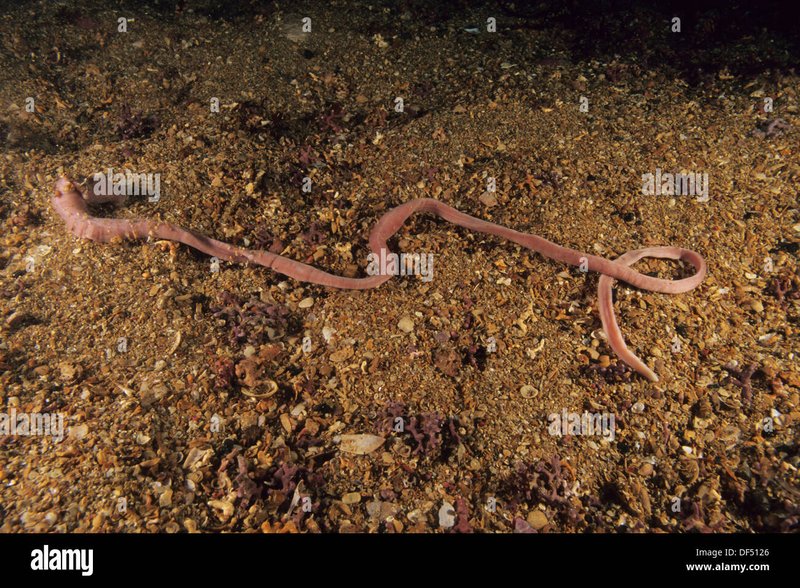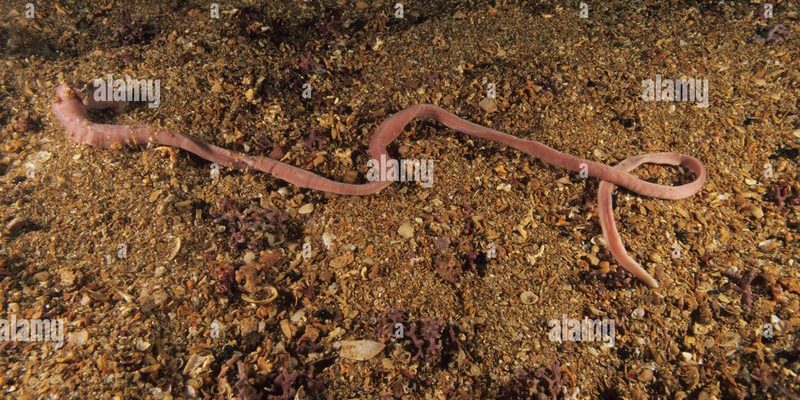
Photographing ribbon worms in natural light doesn’t just require good timing; it also demands an understanding of both the creature itself and the nuances of light and composition. Using a camera with an appropriate lens can greatly affect your results. For starters, a macro lens will help you get up close and personal with these intriguing beings. Plus, knowing when and where to find them can turn a simple beach walk into a mini adventure. So, grab your camera and let’s dive into the world of ribbon worms!
Understanding Ribbon Worms: What Are They?
Before you can take those stunning photos, it’s essential to know what ribbon worms actually are. These interesting creatures belong to the phylum Nemertea and are known for their long, slender bodies—hence the name. They can range in color from vibrant shades to muted earth tones, blending skillfully into their environments. What’s fascinating is that some ribbon worms can extend their bodies to several meters, which can make for some stunning photos, especially when they unfurl in natural light.
You might be wondering why ribbon worms are such a great photographic subject. For one, their unique morphology and locomotion can produce captivating images. When photographed in sunlight, the way light interacts with their bodies can reveal intricate patterns and textures. If you’re lucky enough to observe them in the wild, you may even catch them in the act of hunting, which is a dynamic moment that can enhance your photography portfolio.
Ultimately, understanding the behavior and habitat of ribbon worms is crucial. They often dwell in sandy or muddy substrates, hiding away during daylight hours but lurking just below the surface. This makes it vital to know the right time to capture them—early morning or late afternoon light can offer the best opportunities.
Essential Gear for Photographing Ribbon Worms
As with any type of photography, having the right gear can make a world of difference. To photograph ribbon worms effectively, consider the following essentials:
- Camera: A DSLR or mirrorless camera will provide you with the versatility and quality needed for underwater photography.
- Macro Lens: A macro lens allows you to get close to your subject without disturbing it. This is key for capturing the details of ribbon worms.
- Tripod or Stabilizer: Some sort of stabilizing equipment can help you avoid blurry pictures, especially in low light conditions.
- Underwater Housing: If you’re photographing submerged ribbon worms, invest in an underwater camera housing to protect your gear.
- Natural Light: Try to use natural light whenever possible, as it can enhance colors and textures.
Having the right gear will not only boost your confidence but also help you create stunning images. Remember, it’s usually not just about having the most expensive equipment; it’s about knowing how to use what you have effectively.
Finding the Right Location
Now that you have your gear, it’s time to find the perfect spot. Ribbon worms are typically found in tidal zones, sandy bottoms, or mudflats. Look for them near rocks or under seaweed, where they can camouflage themselves. Before you head out, research local tide schedules and plan your visit during low tide, when these creatures are often exposed and more accessible for photography.
A great starting point is to explore your local beaches or estuaries. Take your time to investigate puddles left behind by receding tides. These mini ecosystems often hold a treasure trove of wildlife, including ribbon worms, waiting to be captured.
When you arrive at your location, be patient. It might take a while to spot these delicate beings. Sometimes, just standing still and observing can make the difference. You might see them moving in and out of their burrows, which offers the chance to get those dynamic shots you’re aiming for.
Lighting Techniques for Stunning Photos
When it comes to photographing ribbon worms, lighting is crucial. Natural light can be your best friend, but knowing how to use it effectively is key. Here are a few tips:
1. **Golden Hours:** Early morning or late afternoon light creates soft shadows and enhances colors. Aim to shoot during these times to get that warm glow.
2. **Refracted Light:** When you’re taking photos underwater, angles matter. Water can distort light; try different angles to see what creates the most visually appealing effects.
3. **Backlighting:** Photographing ribbon worms against the light can create striking silhouettes. Just be careful to maintain the focus on the subject.
4. **Reflections:** Consider using shallow water to create reflections. This can add depth and interest to your compositions.
Understanding how natural light operates in different conditions can provide you with a fresh perspective and elevate your photography to the next level. And remember to constantly adjust your camera settings according to the light available.
Composition Tips for Capturing Ribbon Worms
Once you’ve set your location and adjusted your lighting, the next step is composition. Effective composition can make your photographs stand out and tell a story. Here are some tips to enhance your shots:
– **Rule of Thirds:** Imagine dividing your image into a grid of three sections. Position your subject off-center to create a more balanced and engaging photo.
– **Focus on Details:** Ribbon worms can have intricate patterns. Use your macro lens to highlight fine details, such as textures or colors.
– **Include Context:** While close-ups are great, sometimes including a bit of the surrounding environment helps tell the story. Consider wider shots that show what’s around your ribbon worm.
– **Experiment with Angles:** Don’t just shoot from eye level. Try various angles—low, high, or even above—to create different perspectives.
Composition can truly transform your shots from simple snapshots into visual narratives. Keep experimenting and allow your creativity to flow.
Post-Processing Techniques for Ribbon Worm Photos
After capturing your stunning images, post-processing can enhance them further. Here are some simple techniques to consider:
1. **Adjusting Brightness and Contrast:** These adjustments can help correct any lighting issues and make colors pop. Be careful not to overdo it; aim for a natural look.
2. **Color Correction:** Sometimes, underwater shots can appear washed out. Adjusting saturation can help bring back vivid colors without making them look unrealistic.
3. **Cropping:** If you find that your subject isn’t as centered as you’d like, cropping can help reframe your image for a better focus.
4. **Sharpening:** A little sharpening can enhance the details of your ribbon worm, emphasizing its textures and patterns.
Post-processing doesn’t have to be complicated. Many user-friendly software options are available, allowing you to enhance your photos without getting overwhelmed. Just remember to maintain a natural look!
Final Thoughts on Photographing Ribbon Worms
Photographing ribbon worms in natural light can be an incredibly rewarding experience. It’s a wonderful way to connect with nature and hone your artistic skills. Each photo you take not only captures the beauty of these fascinating creatures but also offers you a glimpse into their hidden world.
So, the next time you find yourself near the ocean or a tide pool, take a moment to observe these unique organisms. With the right gear, lighting, and composition techniques, you can create stunning photographs that showcase the beauty of ribbon worms. Remember, patience and practice are key. Embrace the process, and you’ll develop your own unique style along the way. Happy shooting!

